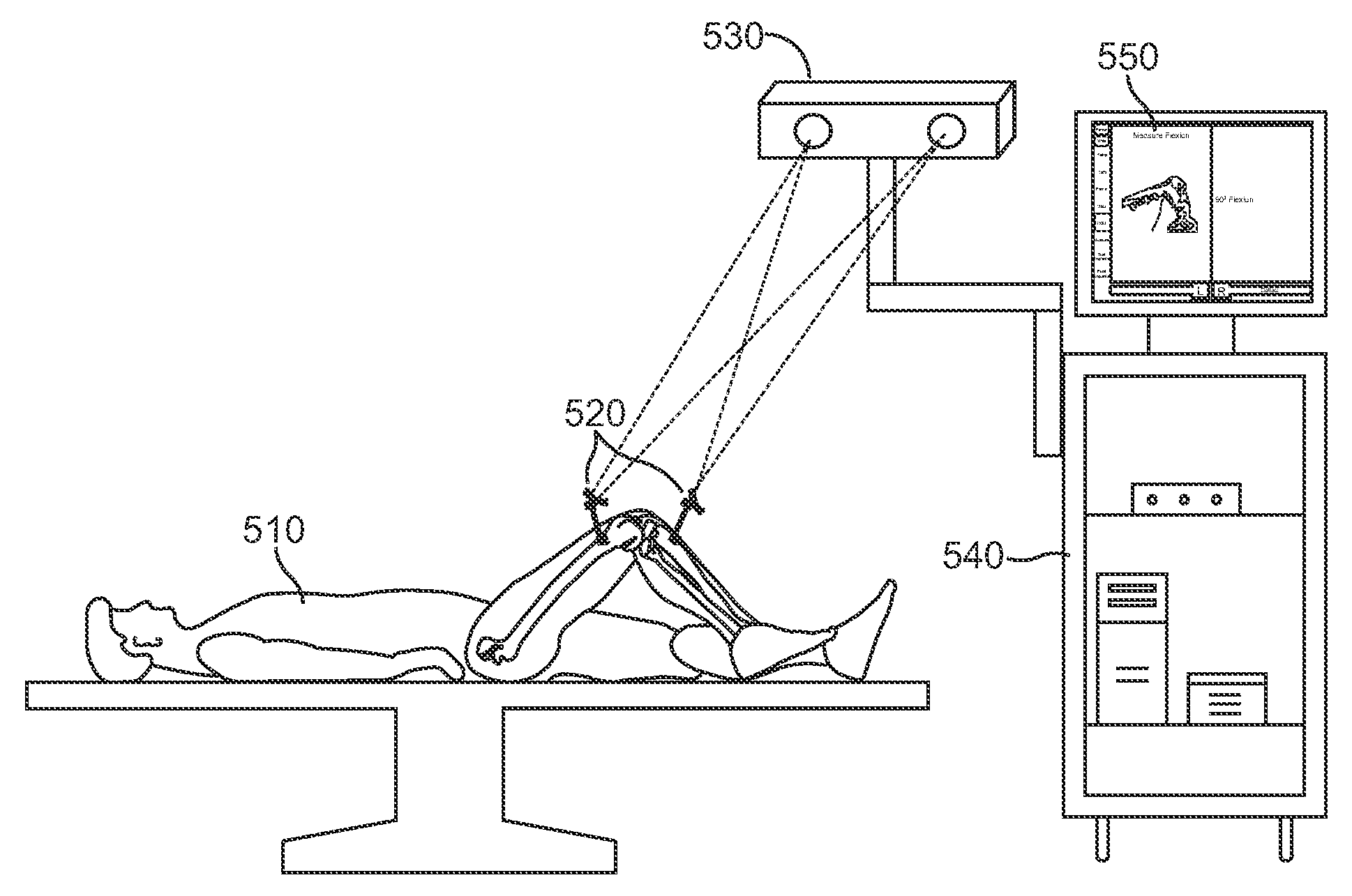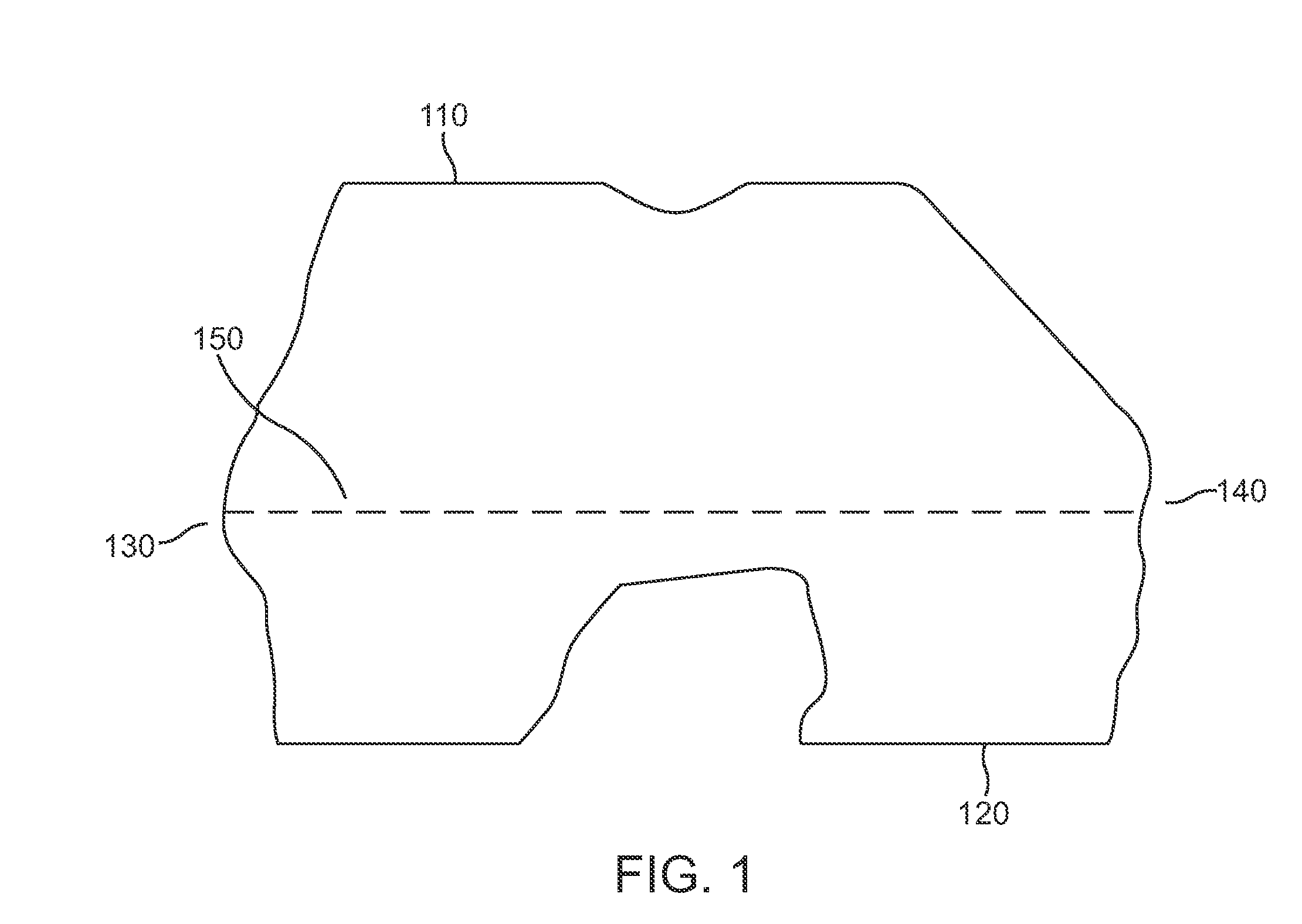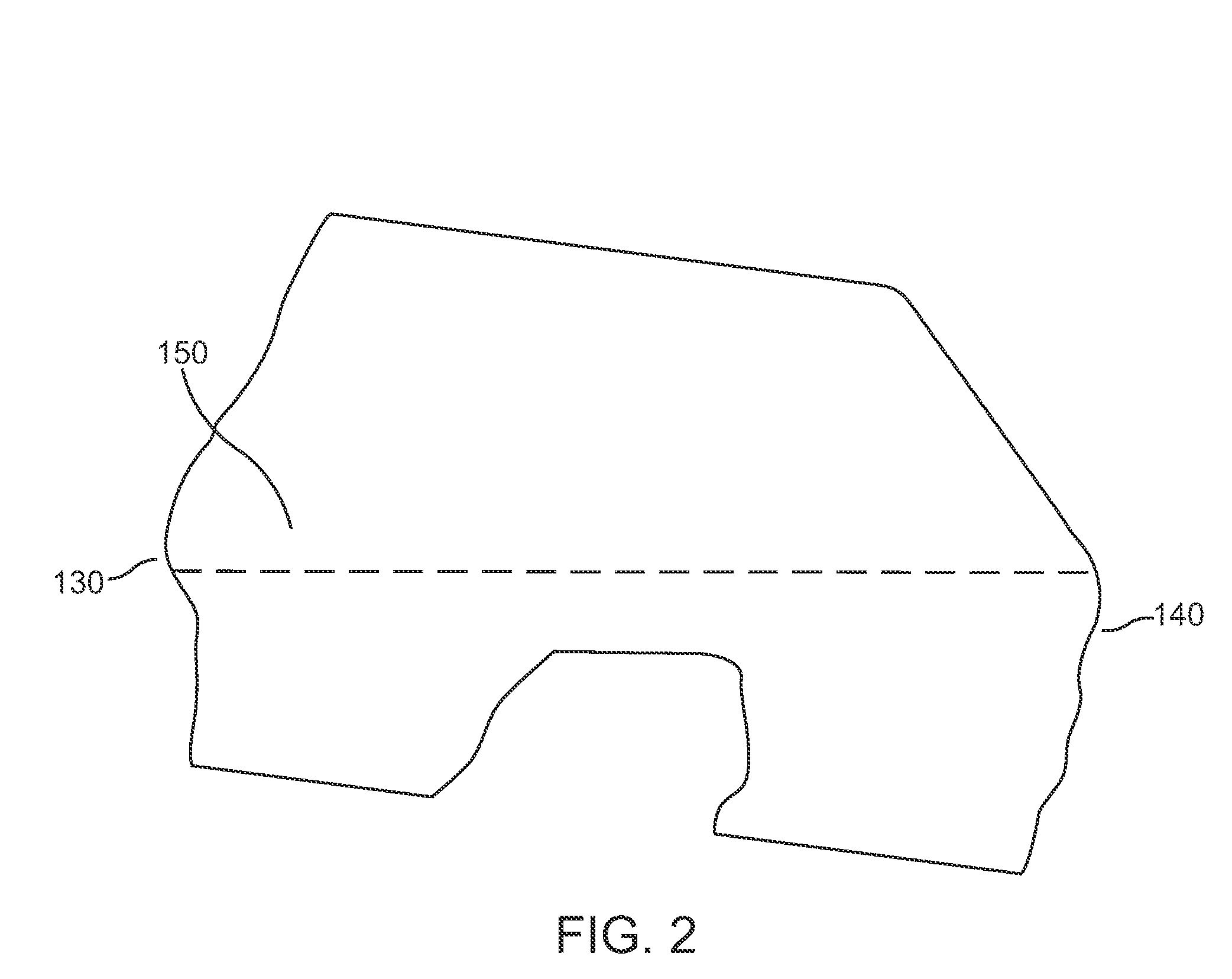Method for improved rotational alignment in joint arthroplasty
a technology of rotational alignment and joint arthroplasty, which is applied in the field of improving rotational alignment in joint arthroplasty, can solve the problems of increasing the “quadriceps” (, difficult to accurately localize the epicondylar axis using these various techniques), and the femoral component rotational alignment is particularly problematic. , to achieve the effect of improving the accuracy of rotational alignmen
- Summary
- Abstract
- Description
- Claims
- Application Information
AI Technical Summary
Benefits of technology
Problems solved by technology
Method used
Image
Examples
Embodiment Construction
[0022]The invention is a method to record the alignment axis of two bones prior to or during surgery for artificial joint implantation by using the relative movement of a third bone with reference to the two major bones meeting at the joint.
[0023]During knee arthroplasty, after the knee has been exposed and trackers have been placed in the femur and the tibia, but before any bone cuts are made, the path that the patella tracks with respect to the femur when the knee is flexed and / or extended is recorded. To do this, the surgeon reduces the patella in the native trochlear groove.
[0024]Total knee arthroplasty according to the present invention is shown in FIGS. 5A and B. The right knee of a subject 510 is shown set up for the surgical procedure in FIG. 5A. Reference frames 520 are attached to the femur and the tibia to enable the optical tracking system 530 to reference their respective positions. Details of the reference frames 520 are shown in FIG. 5B, where the three-armed frames 5...
PUM
 Login to View More
Login to View More Abstract
Description
Claims
Application Information
 Login to View More
Login to View More - R&D
- Intellectual Property
- Life Sciences
- Materials
- Tech Scout
- Unparalleled Data Quality
- Higher Quality Content
- 60% Fewer Hallucinations
Browse by: Latest US Patents, China's latest patents, Technical Efficacy Thesaurus, Application Domain, Technology Topic, Popular Technical Reports.
© 2025 PatSnap. All rights reserved.Legal|Privacy policy|Modern Slavery Act Transparency Statement|Sitemap|About US| Contact US: help@patsnap.com



